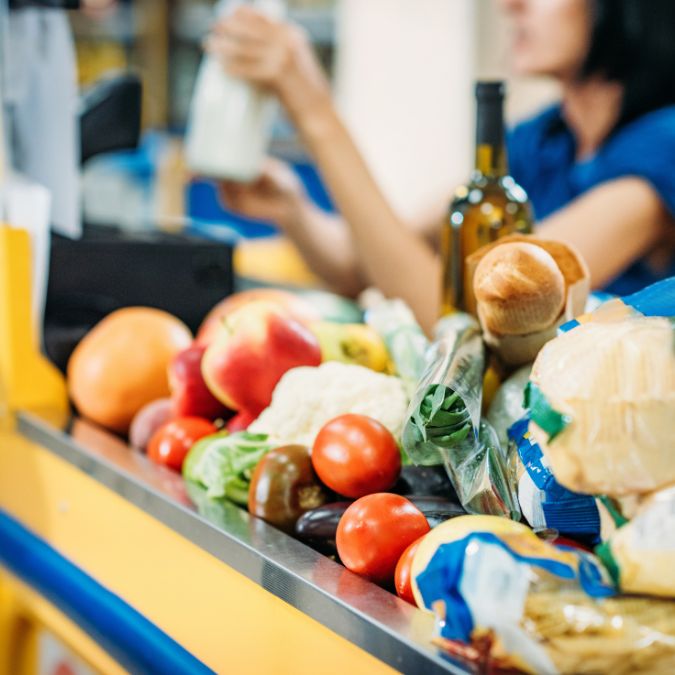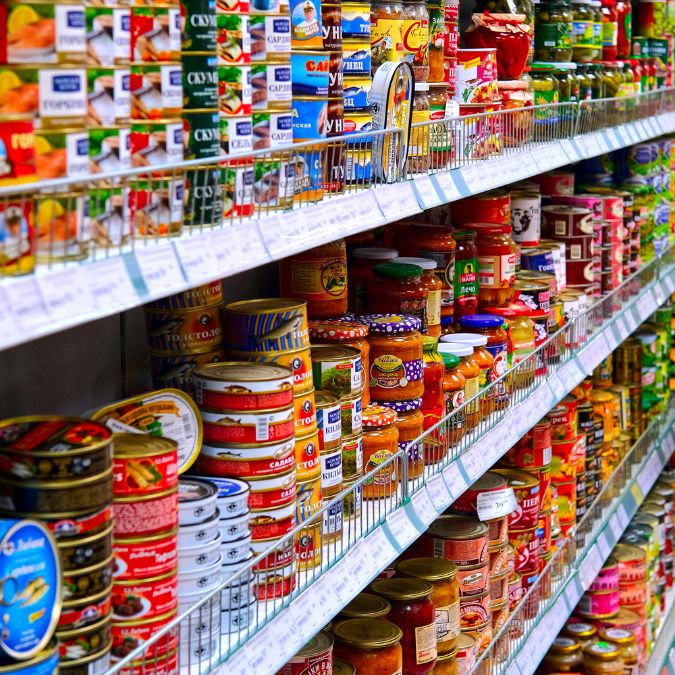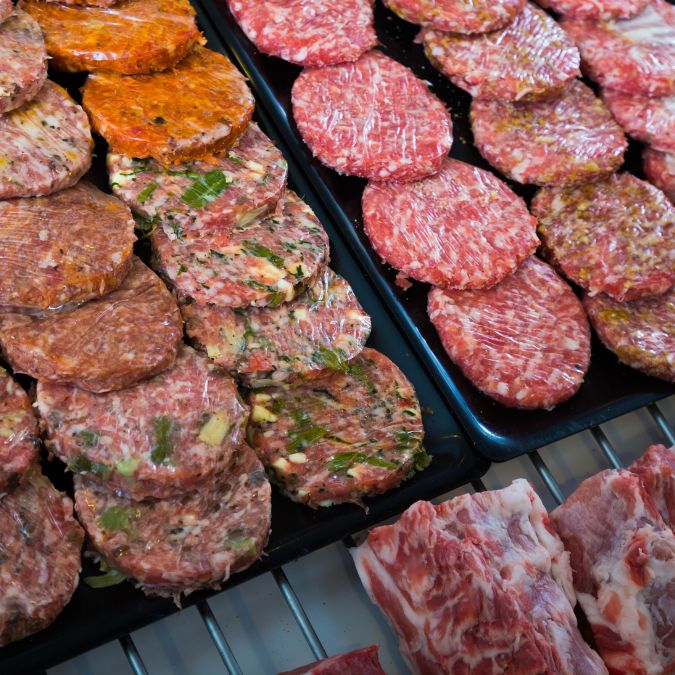Are you tired of sifting through stacks of coupons or hunting down the best deals online just to save a few bucks on groceries? You’re not alone! Many of us would love to keep our grocery bills low without the hassle of coupon clipping. Whether you’re a busy parent, a student on a budget, or just someone trying to tighten the purse strings, there are plenty of straightforward and clever ways to cut costs at the supermarket. Let’s dive into some easy, coupon-free strategies that will not only keep your wallet happy but also make shopping simpler and more enjoyable.
1. Plan Your Meals
Meal planning is a game changer when it comes to saving money on groceries. Start by planning your meals for the week before you head to the store. This strategy helps you buy only what you need, reducing both excess spending and food waste. Check what ingredients you already have to avoid buying duplicates. If you stick to your list and avoid impulse buys, you’ll notice the savings pile up.
2. Shop Seasonally
Seasonal shopping isn’t just for farmers’ market enthusiasts; it’s a smart strategy for any shopper. Produce that’s in season not only costs less but also tastes better. Plan your meals around what’s abundant, and you’ll save money while enjoying fresher, tastier food. Plus, buying local seasonal items reduces transportation costs, which can trickle down to lower prices at your grocery store.
3. Go for Store Brands
Store brands, often referred to as “generic” brands, are usually significantly cheaper than their name-brand counterparts, and the quality is often just as good, if not better. Major grocery chains invest in their own brand products, ensuring they meet certain quality standards. Switching to store brands for staples like pasta, canned goods, and dairy can cut your grocery bill by a substantial margin.
4. Buy in Bulk
Bulk buying is a great way to save money, especially for non-perishable items or products you use frequently. Items like rice, beans, pasta, and toilet paper can be purchased in larger quantities at lower prices. Just make sure you have adequate storage space and that you’re buying amounts you can realistically use without waste. Also, consider joining a warehouse club like Costco or Sam’s Club, where buying in bulk can lead to significant savings.
5. Use Cash Back and Rewards Apps
Even without traditional coupons, technology can help you save money. Numerous apps offer cash back or rewards for purchasing specific grocery items. Apps like Ibotta, Fetch Rewards, and Checkout 51 allow you to earn cash back by simply scanning your receipts after shopping. These savings can add up quickly, especially when you combine them with other strategies listed here.
6. Shop at the Right Time
Believe it or not, the time you choose to shop can influence how much you spend. Many grocery stores mark down perishables like baked goods, meat, and dairy at the end of the day. Shopping in the evening can help you snag these deals. Moreover, you’ll often find that mid-week shopping is cheaper as stores launch new sales and replenish stock, making it a prime time to grab fresh items at reduced prices.
7. Embrace Less Meat
Meat can be one of the most expensive items in your grocery cart. By reducing meat consumption and participating in Meatless Mondays, you can decrease your grocery bill significantly. Substitute meat with high-protein, cheaper alternatives like lentils, beans, and eggs for some meals. Not only is this good for your wallet, but it’s also healthier and better for the environment.
8. Avoid Convenience Items
Pre-chopped vegetables, pre-marinated meats, and other convenience foods are tempting, but they come with a higher price tag. Spending a little extra time preparing food at home can lead to substantial savings. Invest in a good set of knives and some basic kitchen gadgets to make the job easier and quicker.
9. Grow Your Own
Starting a small herb garden or growing a few vegetables can reduce the amount you spend on produce. Herbs like basil, cilantro, and mint are easy to grow and require minimal space — even a sunny windowsill will do. Not only will you save money, but you’ll also have fresh flavors at your fingertips.
10. Monitor Store Sales and Clearance Sections
Keep an eye on store flyers for sales on items you regularly use. Shopping strategically when items are on sale and stocking up (responsibly) can lead to significant long-term savings. Also, don’t ignore the clearance sections where items nearing their sell-by date are often sold at a reduced price.
Time to Shop Smart
By incorporating these strategies into your shopping routine, you can save money on groceries without ever needing to clip a coupon. With a little planning and some smart shopping habits, you can keep your pantry stocked and your finances in check.
Read More
Shopping Trends That Impact Your Budget
Evolving Shopping Trends Effect on Sales












